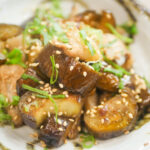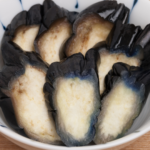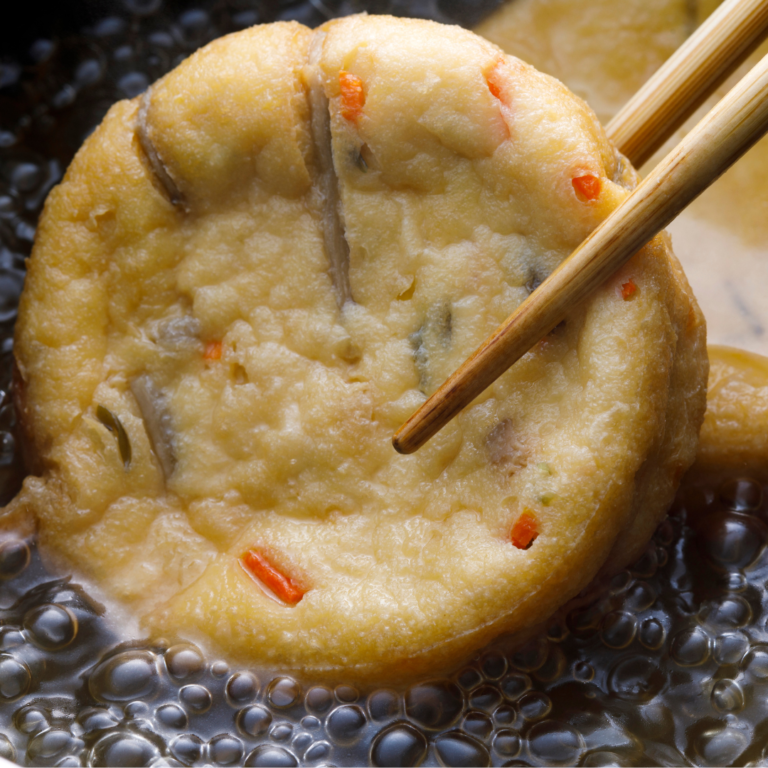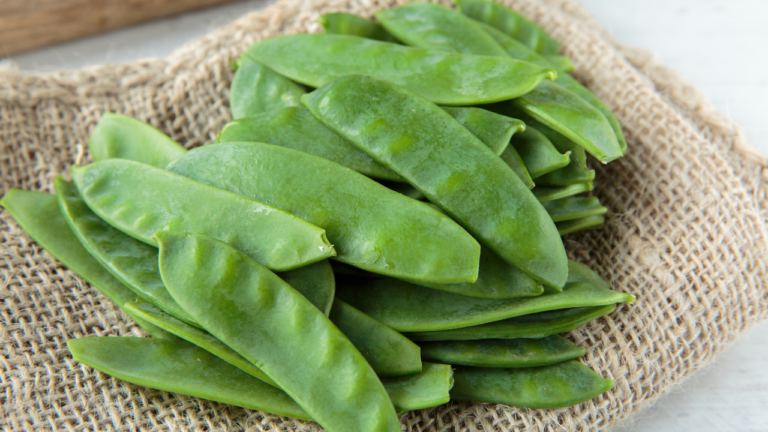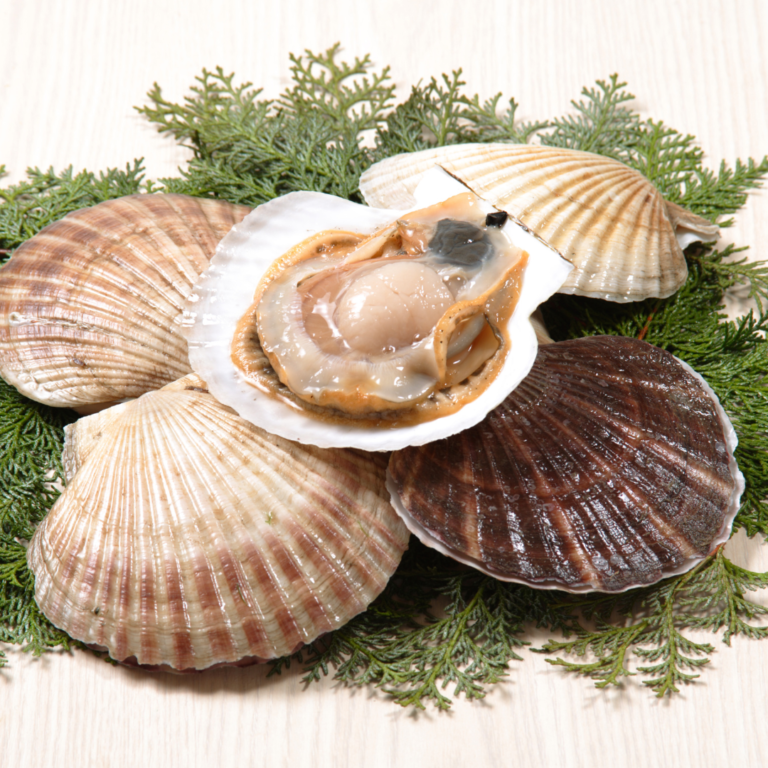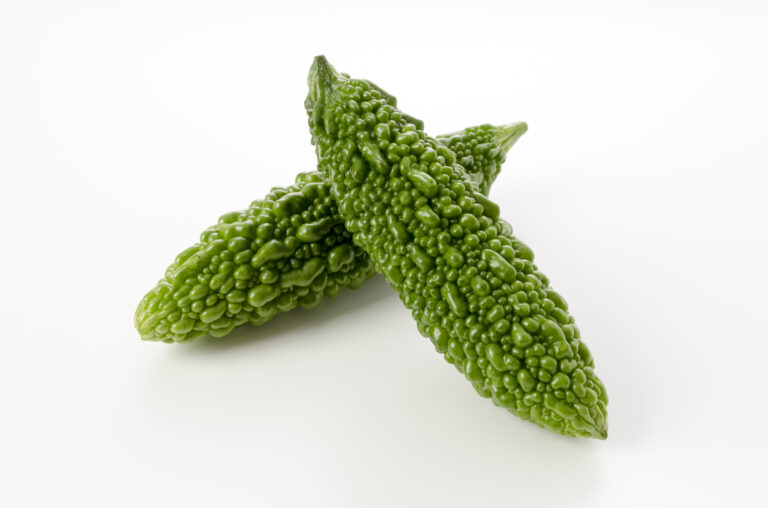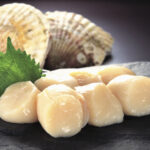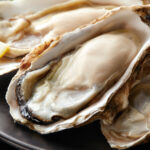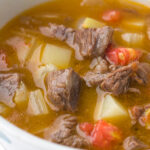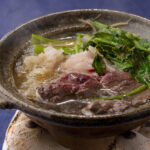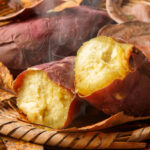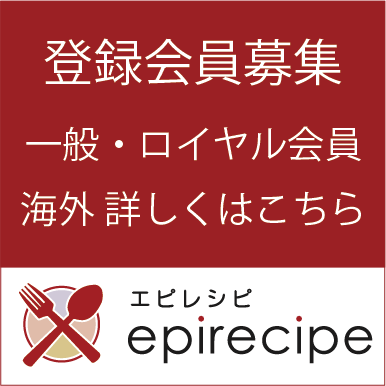A summer tradition! We'll introduce you to some delicious recipes while unraveling the history of somen noodles!

Somen noodles are an indispensable part of the Japanese dining table as a summer tradition. Its refreshing and delicate taste makes many people want to eat it in the summer.
In this article, we will unravel the history of somen noodles and introduce recipes that will bring out the most deliciousness.
table of contents
The history of somen noodles
What is the origin of somen noodles
Somen noodles date back to the Nara period. At the time, the "sakubei" that was said to be the predecessor of somen noodles was introduced from China. Saw mochi is made from glutinous rice and flour kneaded in long, thin pieces and fried in oil, resembling modern oil rays. This sardine mochi was moved to Japan and was improved in Sakurai City, Nara Prefecture, and is said to have been turned into the shape of the current somen noodles.
Origin of the name of somen noodles
Somen was called by different names such as "sakubei" and "sakumen." During the Muromachi period, the name "somen" became popular, and the description of "Tanba Somen" can be seen in the Gion Execution Diary of 1343. This shows that the name of somen noodles has become established.
From the Muromachi period to the Edo period
During the Muromachi period, somen noodles were enjoyed using cooking methods called "steamed" or "hot steamed". At Tanabata events, there was a custom of eating rice cakes at the court. As the Edo period began, the custom of offering somen noodles on Tanabata became commonplace, and the style of eating them chilled was established as it is today.
Somen noodles classification and manufacturing method
Hand-stretched somen noodles and mechanical ones
Somen noodles can be broadly divided into two categories depending on their production method. "Hand-rolled Somen noodles" are kneaded with salt and water to flour, then stretched and dried by hand. This traditional method creates a smooth, chewy texture. On the other hand, "machine somen noodles" are manufactured by machines and can be mass-produced compared to hand-stretched somen noodles.
Differences between JAS standards and thickness
The Japanese Agricultural and Forestry Standards (JAS Standards) defines the thickness of somen noodles. Somen noodles are classified as 1.3mm in diameter, cold wheat (hiyamugi) is classified as 1.3mm or more and less than 1.7mm in diameter, and udon is classified as 1.7mm or more. This standard highlights the thinness of somen noodles, allowing you to enjoy its delicate texture.
Various ways to eat
Here we will introduce various ways to eat somen noodles.
Chilled noodles
The most common way to eat is chilled somen noodles. Wash the boiled somen noodles thoroughly in cold water to remove any slimy skin. Somen noodles that have been chilled in ice water are soaked in noodle soup. Condiments include chopped green onions, grated ginger, sesame seeds, and myoga. Add garnish with eggs, tomatoes, shrimp, etc. to create a rich colour and stimulating appetite.
New
In the cold season, we recommend "Nyumen". The boiled somen noodles are soaked in warm soaking in the soup, and the soup with the dashi soup soaks through the somen noodles. Adding chicken and vegetables will give you a good nutritional balance and warm your body.
Slow noodles
The laid-back somen noodles are something you can enjoy as a summer tradition. This unique way of eating, such as using bamboo gutters to wash somen noodles and catching them with chopsticks, is an event that everyone from children to adults can enjoy. Enjoying it with friends and family makes your meal even more enjoyable.
Somen noodles variation
Matcha somen and ume somen noodles
Somen noodles come in a variety of different ways. It has a vibrant look and a variety of flavors, including "Matcha Somen" made with matcha kneaded in matcha and "Ume Somen" made with umeboshi added. These somen noodles will add a touch of glamour to your special day's dining table.
Suisenji Nori Somn noodles
Suisenji Nori Somen, which is made with Suisenji Nori, a Kumamoto specialty, is characterized by its unique flavor and chewy texture. Somen noodles are also beautiful to look at, making a great gift.
To enjoy somen noodles even more
Somen noodles can be enjoyed in combination with a variety of ingredients due to their simplicity. It's also fun to incorporate seasonal vegetables and seafood, or make your own original soup to create your own somen recipes. By learning about the history and culture of somen noodles, you should be able to feel the deliciousness even more.
The appeal of somen noodles is its deep history and diverse eating methods. This summer, you may find it fun to enjoy somen noodles and think about its history!
